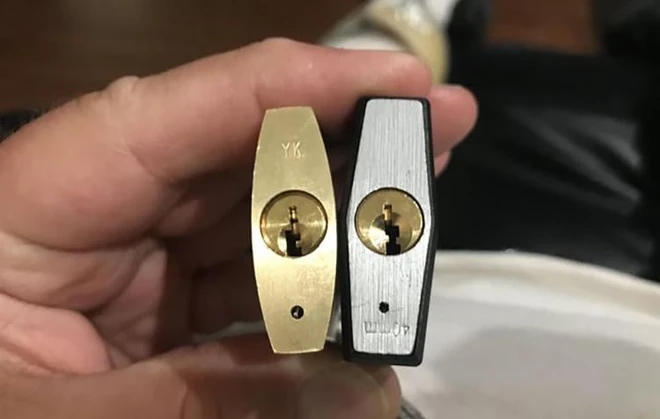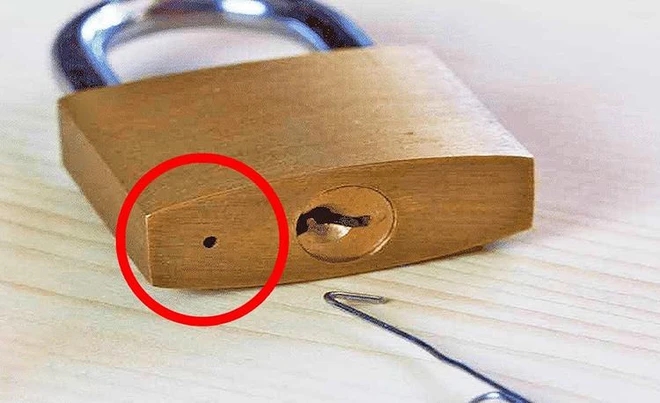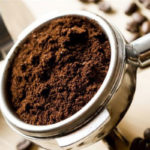When inspecting a typical lock, you may notice a small hole at its base. Padlocks, of course, are security devices. They are basically constructed with a body and a shackle.
Locks are opened with a key, while combination locks are opened by entering a numerical combination. However, a key lock or a combination lock can and may have a small hole at the bottom. What exactly is the purpose of this tiny hole?
Drainage
The small hole at the bottom of a lock acts as a drainage port for when moisture gets inside the lock. It is inevitable that any lock will be subjected to moisture. This moisture can cause damage to the components inside the lock if there is no means for it to escape. The presence of a drainage hole prevents this from happening. This hole allows moisture to escape instead of building up inside the lock.

Rust prevention
Since it acts as a drainage port, the small hole at the bottom of a lock also helps prevent rust. Padlocks, especially industrial ones, are made from durable materials, such as galvanized carbon steel. However, even though they are designed to withstand heavy use, they are not immune to rust. Moisture can interact with the iron and iron-based materials used to construct locks, leading to rust and corrosion.
By allowing moisture to escape the lock, the small hole protects it from rust and corrosion. As moisture escapes through the hole, it reduces the likelihood of rust and corrosion.
Lubrication
Another reason why there is a small hole at the bottom of a lock is for lubrication. Locks contain mechanical moving parts that are housed within the body of the lock.
Over time, some of these parts may become sticky, which can cause the lock to be difficult to open. Fortunately, applying lubrication often alleviates the problem easily. Often, a small amount of lubricant can be dripped or sprayed into the lock through this hole into the body of the lock.

Auxiliary access
Depending on the type of lock, the small hole can serve as an auxiliary means of opening the lock under special circumstances. For instance, if a homeowner loses their keys, they may have to call a locksmith. Locksmiths can pick locks by inserting a special tool into this hole. This is considered a finesse technique.
In conclusion, the small hole at the bottom of a lock serves several purposes. Its primary purpose is for drainage. Moisture can build up inside the body of the lock if there is no hole, which can lead to problems like rust and corrosion. Different types of padlocks may have a small hole at the bottom, but they generally have this hole to allow moisture to escape from the body of the lock.
According to Legal Life
Moisture inevitably gets inside any lock and, without an escape route, can cause damage to internal components. The small hole allows moisture to drain out, preventing its buildup. This drainage also helps stop rust and corrosion, as moisture can interact with the iron and iron-based materials used in locks.
Yes, the hole also aids in lubrication. Locks have mechanical moving parts that may become sticky over time, making the lock difficult to open. A small amount of lubricant can be dripped or sprayed into the lock through this hole, providing easy maintenance.
Additionally, depending on the lock type, the small hole can serve as an auxiliary means of opening the lock under special circumstances. For example, a locksmith may use a special tool inserted into this hole to pick the lock if a homeowner loses their keys.





































